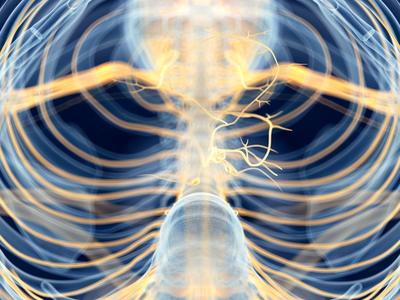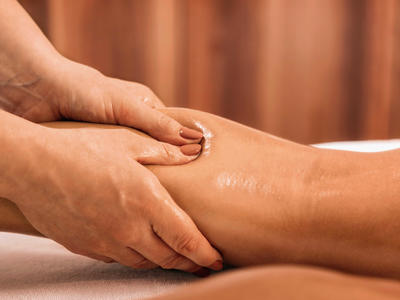Posturology
Correcting the Causes of Pain
Posture is the way we position our bodies or arrange our limbs, and we can do this so badly we create untold problems for ourselves that can evolve into chronic pain issues later in life. Posturology is the method used to solve bad posture; correctly aligning joints and muscles in order to obtain the optimal balance of the body, thereby rectifying past mistakes that have morphed into a habit.
Most people seek the help of a posturologist after finding only temporary or partial pain relief via other treatments or therapies, realising that only by establishing the cause of the problem can a permanent solution ever be reached.
Bad Posture Problems
Whether you slouch, tilt backwards or favour one side of your body over the other, the effect on your joints and muscles can be painful and long-lasting.

The most common recurring symptoms caused by bad posture include cervical pain; muscle pain; stiffness; eye fatigue; tinnitus; dizziness; hand and arm tingling; mandibular and chewing problems; spinal problems; back pain; tendinitis; shoulder pain; inflammation; a breakdown of cartilage in the hip, knee and ankle; ligament injuries; foot and finger pain; bunions; metatarsal pain; heel pain; poor blood circulation; low energy; and digestion and respiratory problems.
Most people have some sort of postural imbalance, and therefore experience sub-optimal body function because an aligned frame is the foundation upon which the optimal movements of all joints are built. When joints move well it significantly reduces muscle tension, the onset of arthritis and the likelihood of nerve compression.
How Does it All Go So Wrong?
It goes so wrong because we grow so wrong!
As the body develops, it tends to do so asymmetrically. The right and left side of the body develop at different rates, something that can be reflected in the difference in size or alignment of our eyes. Muscles may also be weaker on one side of the body compared to the other and limbs may also grow out of kilter of each other.
As a result, many of us develop incorrect posture before we even hit our teenage years with rounded shoulders, chest and thorax closure, head tilting forward, lumbar curve, incorrect and imbalanced foot support, different pelvis inclination and rotation, and even different leg length. As we accommodate these incorrections, it affects the sensors in the postural system that enable the body to perform a movement, chiefly the eyes, the feet, the jaw and the inner ear.
These sensors transmit information about our environment to the brain, which then sends signals to the muscles that enable us to stand, sit and move with minimal exertion and muscle strain. When these sensors work as they should, we attain the correct positioning of the head, shoulders, hips and feet. When there is a problem with these sensors, it results in postural imbalances that eventually cause pain.
How to Correct Bad Posture
A postural evaluation will find any defects that are causing problems within the body. Poor posture will then be corrected by recalibrating the body’s receptors using a thin postural orthotic insole to stimulate nerves in the skin with magnets at the central reflex zone of each foot. The insoles effectively reprogramme the information flowing from the feet to the brain. To tackle problems with the eye receptors, appropriate eye exercises will be given.

While many therapies can help with physical problems such as massage therapy for tense muscles, chiropractic work to adjust the joints and physiotherapy to deal with inflammation, it is only by correcting the core problem within the body that long-term results can be achieved.
Posturology is a science-based, holistic, and non-invasive treatment to correct alignment permanently, but it’s not rocket science. In terms of how the body moves, there are two major criteria; feet must be on the ground and eyes should be on the horizon. If these criteria are lacking to any extent, the body will not be able to move efficiently and adjustments will be made to fight gravity putting pressure and strain on areas of the body taking up the slack.

Why Good Posture Matters
Good posture and alignment are not simply aesthetic ideals; they are fundamental to the most efficient functioning of spines, joints, discs, ligaments, muscle performance, vision, balance, coordination and brain function.

Normal alignment creates harmonious brain and body relationships and removes pain along with the potential for future breakdown and degeneration. Posturology addresses cause, not the symptoms, and restores functional movement, providing immediate long-term, sustainable results.
Studies show that less than 10 % of people have the correct posture and those who do almost never suffer from body pain.
To find out more about posturology or to book an assessment with Neomed’s resident posturologist, Margit Taubmann, please use the form below.







